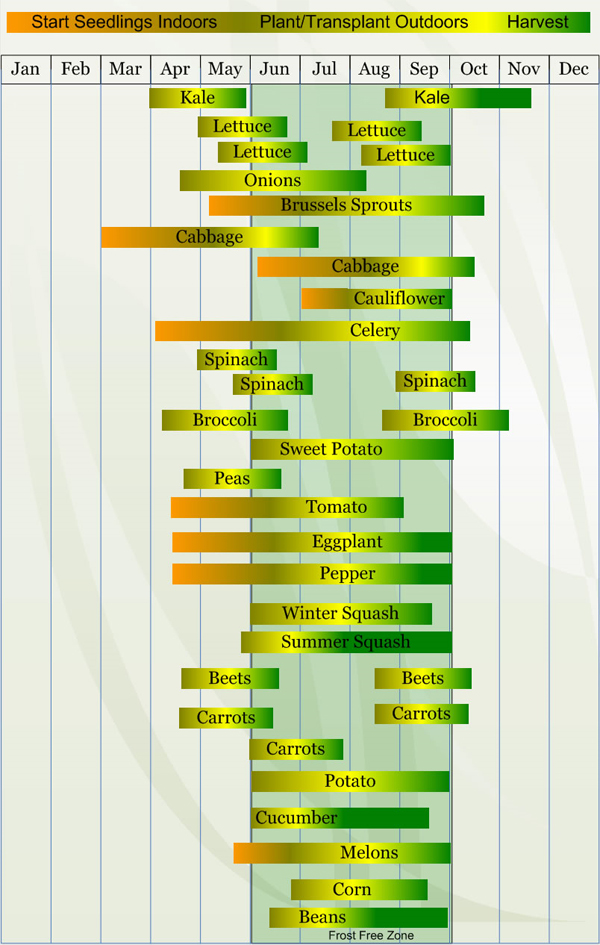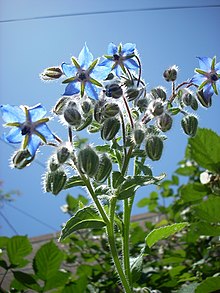PREPARING FOR OUR PLOT
As mentioned in an earlier post, we were able to get a garden plot through the 1st Unitarian Church in SLC.
Yesterday, we started thinking about our plot, and realized how much planning can go into a garden.
I will outline the steps we went through below:
1. What to grow:
We love most vegetables, and we have a limited amount of space in our, so we narrowed our selection down to 10 vegetables. We might narrow it down more if we do not have enough space.
|
Corn - Maple Sweet
Tomato - Pole King
However, this year we did not have the foresight or patience to order from a seed catalog, so we will take what we find at the stores.
I like the idea of heirloom plants, but I don't think I am prepared to preserve their heirloomness yet.
2. When to plant:
As far I as can tell, the plant hardiness zone that you are growing in determines when you should plant. I am sure that techniques such as greenhouses and hoophouses can allow for modification on growing times, but for now, I will stick with the basics.
The plant hardiness maps are a function of latitude and elevation, two geographical variables that determine temperature variations. Here is a little blurb by the USDA on how they make these maps.
The plant hardiness maps are a function of latitude and elevation, two geographical variables that determine temperature variations. Here is a little blurb by the USDA on how they make these maps.

The Home Vegetable Garden Variety Recommendations for Utah also has a chart to time your planting.

3. Where to plant:
So, apparently you can't just toss a handful of seeds onto fertile soil and get a productive garden.
Some plants are jerks, and don't like each other, while other plants seem to have semi-symbiotic relationships. We call the plants that get along with each other "Companion Plants."
Wasatch Community Gardens posted this awesome chart on their Facebook:
As you see on the diagram, marigolds and borage have some deterrent effects, although some take issues with that claim. Even if they are not completely effective deterrents of garden pests, they have pretty and edible blooms. In fact, I think most of the borage plant is edible
 |
| Borage Flowers |
 |
| French Marigold |
That being said, we still do not have an entire layout for our garden plot, mainly because we don't know the dimensions of the plot and we don't know a decent spacing scheme for the various plants. I will do some research an get back to this....
SUMMARY
1. Pick what you want to grow
2. Find out the best time to plant
3. Figure out where to plant (I know, I didn't finish this part).

why can't i follow your blog?
ReplyDeleteI don't know, I will check the settings.
DeleteI think I fixed it.
Delete